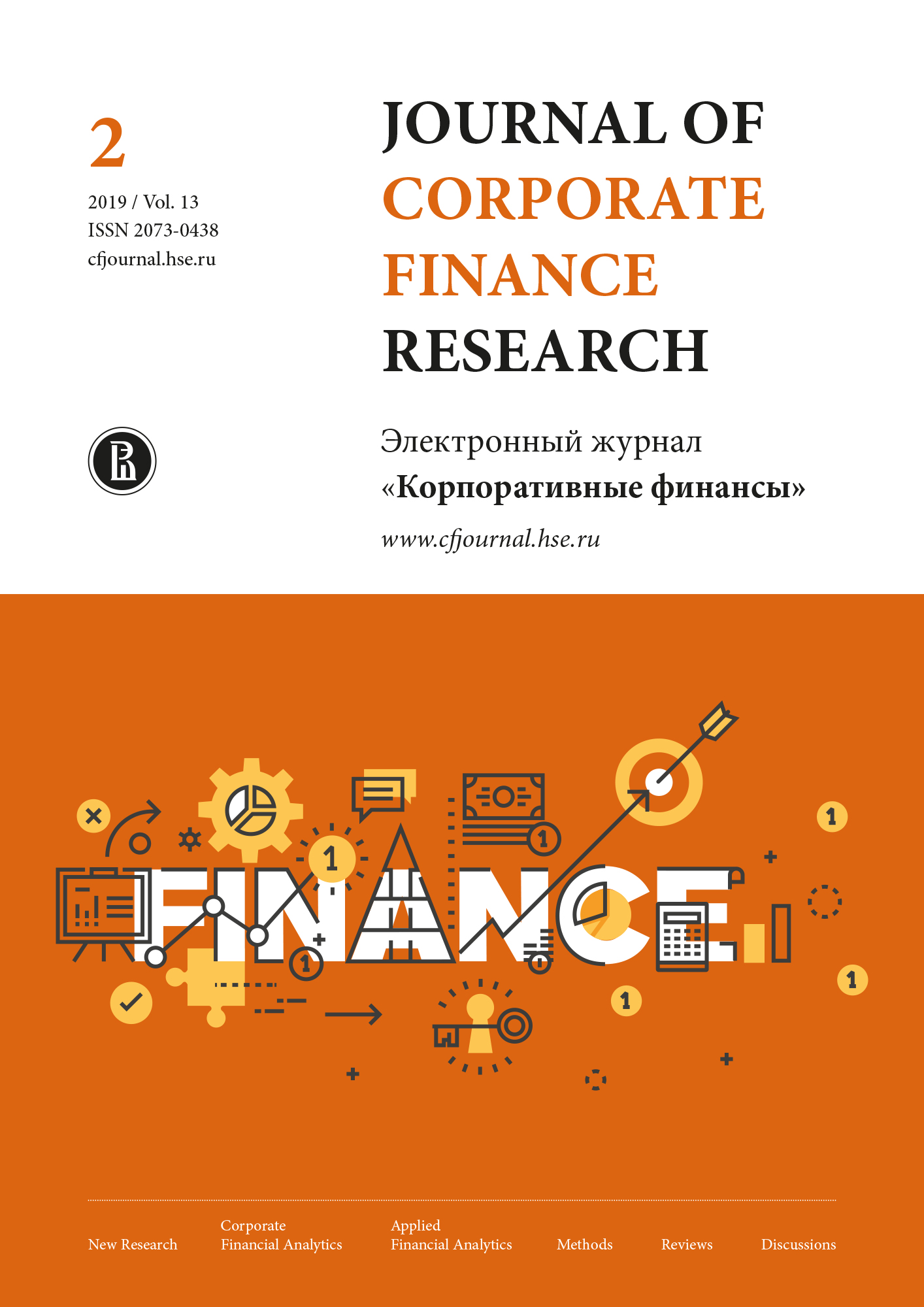Speed of Adjustment in Dividend Payout Decisions: A Comparative Analysis of Developed and Developing Countries
Abstract
The analysis of dividends payout policy has been a
popular subject of research since the middle of the 20th
century. Despite a huge number of investigations there
is no consensus opinion as to the best practices in the
field. Over the years, different hypotheses have been put
forward proposing various methodologies. Some working
papers underline share repurchase as the best approach
towards payout policy [1]. On the other hand, there are
some investigations which emphasize the opposite point
of view: that dividends are more preferable [2]. Another
explanation states that there is no qualifiable difference in
types of payout policy [3]. However, the majority of recent
working papers argue that the best approach is to combine share repurchases and dividends [4].
Academic investigations into payout policy began with
Lintner’s working paper [5]. This research includes not
only financial modeling and results based on regression analysis, but also presents information concerning
the preferences of top-management in payout policy
decisions. As a result of interviews with top managers,
Lintner identified the existence of a target value for
dividend payouts. So, managers tried to maintain the
share of net income attributed to dividends instead of
the value of dividends themselves. Moreover, Lintner
found that there is a pertinent speed of adjustment1
in
dividend policy. This phenomenon is described by the
fact that in case of significant net income changes, firms
do not pay all the dividends targeted at a specific level of
net income. Companies only adjust the level of dividends
in the direction of the changes. Lintner also provided
an explanation of this fact. It was noted that companies’
top management was sure that significant changes in dividends can be negatively appraised by the stock market,
especially in case of a fall in the value of dividends. So,
managers understate the changes in dividends to better
assure that next year’s profit can cover the new dividends. However, next year’s net income also incurs some
fluctuations, so it it is necessary to make some adjustments to dividends. As a result the process of dividend
adjustment becomes permanent.
The investigation of Brav et al. [6] also was devoted to the
analysis of payout policy, and included interviews with a
large number of CFOs. This research confirms the main
results of Lintner’s work, but with some limitations. The
study carefully analyzed the existence of any target level in
payout decisions. The authors found that only 6% of CFOs
do not target dividends at all. However, in contrast to
Lintner’s work the majority of CFOs (approximately 40%)
answer that their key target is dividends per share. Only
28% try to target a dividends payout, and 27% of managers target dividends per share growth. This investigation
shows that nowadays, targeting dividends per share is a
more common practice than targeting payouts. Despite the fact that these results display some differences from
Lintner’s one, they do not reject the hypothesis about
existence of dividend smoothing.

